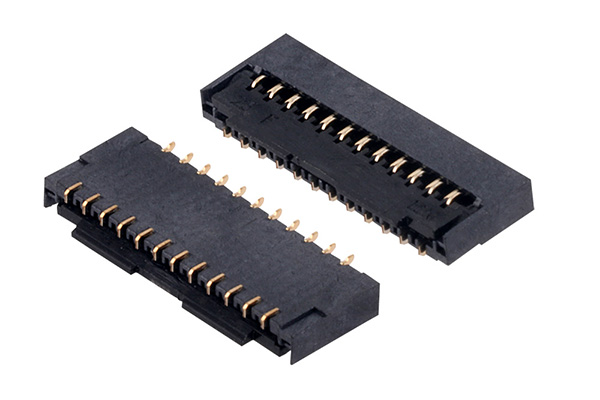Introduction
In the dynamic world of LED rental displays, the demand for mobility and flexibility in control has led to the exploration of wireless control modes. Moving away from traditional wired setups, these wireless methods offer not only convenience but also the freedom to control LED screens at your fingertips. In this blog, we will explore five wireless control modes for LED rental displays.
What does the LED control system include?
An LED display control system is a set of hardware and software components designed to manage and control LED (Light Emitting Diode) displays. LED displays are widely used for various purposes, such as digital signage, information displays, scoreboards, advertising, and more. The control system enables users to manipulate the content, brightness, and other display parameters.
Here are the key components and aspects of an LED display control system:
Controller Cards:
Each LED display panel is usually equipped with a controller card that manages the communication between the display and the control system. The controller card interprets the input signals and controls the LEDs accordingly.
Input Sources:
The control system can accept input from various sources, such as computers, media players, cameras, and other devices. Content can be static images, videos, live feeds, or other types of media.
Content Management Software:
Content management software allows users to create, schedule, and manage the content displayed on the LED screen. It may include features like playlist creation, content scheduling, and remote management.
Communication Protocols:
Common communication protocols used in LED display control systems include HDMI, DVI, DisplayPort, and more. Additionally, some systems support network protocols for remote control and management.
Brightness and Color Control:
LED displays often allow for adjustment of Display brightness and color settings. This feature is crucial for adapting the display to different environments and lighting conditions.
Depending on the application, the control system should be scalable to support a single display or a large-scale deployment of multiple displays.
five wireless control modes for LED rental displays.
RF Control
RF (Radio Frequency) control is known for its ease of installation and convenient debugging. With a transmission distance of 300-1000 meters, it incurs no additional costs for later use. However, it has its drawbacks. The limited frequency bands allocated for civilian use, susceptibility to signal interference, and relatively low transmission rates make RF control less recommended.
Recommendation: ★★☆☆☆
WiFi Control
WiFi control stands out for its wire-free installation and easy debugging, offering fast data transmission speeds. However, its communication range depends on the bridge’s gain capability, and wireless router communication distances are relatively short. It is suitable for places with short-distance wireless signals.
Recommendation: ★★★★☆
GPRS Control
GPRS (General Packet Radio Service) control is easy to install, has no distance limitations, and can receive information wherever there is a mobile signal. It is cost-effective, but GPRS modules require a SIM card for dial-up internet, incurring monthly data charges. While suitable for single or dual-color LED displays playing text, its transmission speed is slightly slow.
Recommendation: ★★★☆☆
3G (WCDMA) Wireless Control
3G control ensures stable signals without data loss, offering faster transmission rates compared to GPRS. It can transmit images and videos, making it suitable for full-color LED displays. However, it may face connectivity issues in remote areas due to lower coverage by certain carriers.
Recommendation: ★★★½☆
4G Wireless Control
4G control, supporting all major carriers, boasts fast transmission rates, enabling real-time control with instant response to commands. However, it comes with a downside—significant data consumption, especially when sending large amounts of data. It is advisable to opt for a data plan with sufficient allowances.
Recommendation: ★★★★☆
Conclusion
While RF control offers simplicity and low cost, its susceptibility to interference and limited frequency bands may pose challenges. WiFi control, on the other hand, provides the convenience of wire-free installation but has limitations on communication distance. GPRS control proves to be cost-effective but may not be ideal for high-speed data transmission.
3G wireless control offers a stable signal with faster transmission rates, suitable for full-color displays, while 4G control stands out with its real-time responsiveness, albeit with higher data consumption. Each mode has its pros and cons, making it crucial to align the choice with the intended use and location.
We must note that USED LED screen provider-IAMLEDWALL‘s independently developed wireless control system revolutionizes traditional setups. By replacing hardware with software and integrating systems seamlessly, it reduces complexity, saves space, and enhances user experience, ultimately improving stability in LED display control.




